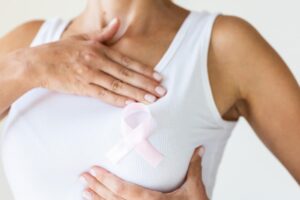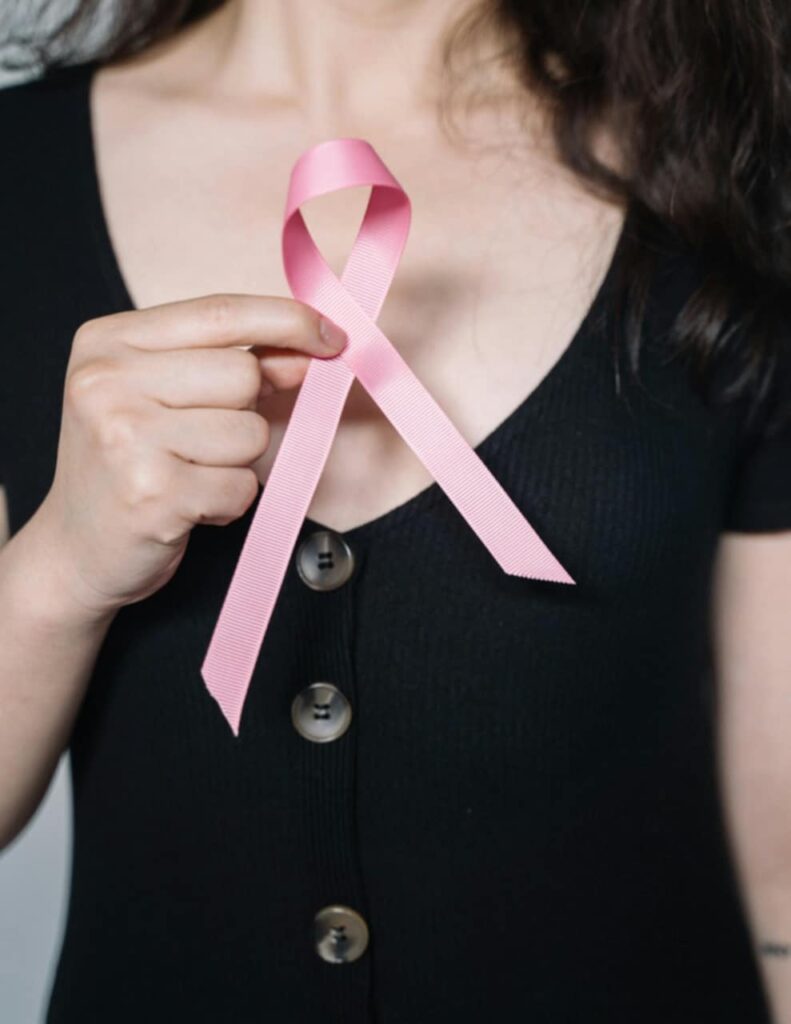
Breast Cancer Awareness Month is observed throughout the world in October each year. It is an annual campaign focused on increasing awareness of the disease, informing the public, reaching out to the affected persons, and generating funds for research into the prevention, diagnosis, treatment, and cure of the disease. Since the early years of the 1990s, the campaign evolved from a program local in nature into the global health movement that it is today—pink ribbon. The organizations, health care facilities, and communities combine in many ways during the month of October to share an important message concerning early detection, encouragement of support, and calling for more studies about breast cancer.
Why Breast Cancer Awareness Month is Important
Breast cancer is among the most frequent cancers across the globe. Millions of women and a few men get afflicted with the disease every year. According to the World Health Organization, breast cancer stands first as the most prevalent type of cancer in women globally, with roughly 2.3 million new cases every year. It raises awareness about the fact that these people know they must seek early detection, receive medical interventions on time, and are cognizant of the latest developments in treatment options. While this is a peak awareness month like October, its impact rings throughout the year.
The central idea that dominates Breast Cancer Awareness Month is early detection. The closer to early detection breast cancer is identified, the better it would be treated and survival maximized. Various campaigns throughout the month remind all women of regular self-exams, annual mammograms for those over 40 years old, and clinical exams. These facilitate early detection, the mainstay in reducing the number of deaths attributed to the disease.
The Pink Ribbon: A Symbol of Hope and Solidarity
The pink ribbon has become the iconic symbol of Breast Cancer Awareness Month, carrying meanings of hope, courage, and collective action against breast cancer. Wearing a pink ribbon or simply wearing pink clothes during October is the simplest way to express support for people being afflicted with this particular type of cancer and raise awareness regarding the required research and education. The ribbon also serves as a reminder that touches millions of lives; with people and communities together, it can make the difference.
This movement is also seen by many companies, celebrities, and sports teams, who add the color pink to their products or events, which adds to an increased awareness. For example, teams in the United States National Football League wear pink during games in October, and brands allow for “pink” products to be released—a fraction of the proceeds will go toward a breast cancer charity.
Increased Awareness and Education

There are campaigns on educational information regarding the disease during Breast Cancer Awareness Month. These campaigns have mainly depended on risk factors, preventive measures, and treatment options. Risk factors: The main risk factors associated with breast cancer include age, family history, a certain kind of genetic mutation such as BRCA1 and BRCA2, hormonal factors, lifestyle choices, and environmental exposures. On the other hand, it should be noted that women with no special risk factors are also at risk of breast cancer, so early detection through regular check-ups becomes a vital necessity for all women.
Apart from the awareness of the danger, education for women should also encompass recognition of warning signs and symptoms of breast cancer. These include lumps within the breast, changes in shape and size of the breast, nipple discharge or other nipples, and dimpling of the skin. Breast Cancer Education Relates to Various Stages According to the stage of the disease, cancer can be one of its different types. When cancer is confined to the breast, it is said to be localized. The condition is termed metastatic cancer when it has infected other parts of the body.
The self-examination and knowledge of personal risk factors are stressed as messages aimed to raise awareness about the disease among the younger women. To the elderly, the message stressed is that they ought to visit the clinics yearly for a mammography check-up as one of the routine health check-ups.
Awareness will increase clients’ decision-making, their urgency in consulting the physician, and client advocacy for health.
Education for survivors and their families
While education and prevention are the core, Breast Cancer Awareness Month is also the time to show support for women fighting breast cancer, breast cancer survivors, and their families. Several support groups and fundraising events are organized in October to financially and emotionally sustain patients. Another is the Susan G. Komen Race for the Cure, a series of runs and walks done for the purposes of raising money for breast cancer research and patient support programs. Other hospitals and not-for-profits run charity auctions, wellness fairs, and survivors-centered gatherings that offer emotional support and resources.
For breast cancer survivors, the month represents strength and resilience. It offers the greater community the opportunity to celebrate survivorship and ponder the living’s burdens. Often during October, inspirational stories are shared by survivors: many people complete their treatment and continue to live their lives.
Fundraising for advancing research and treatment
A great deal of Breast Cancer Awareness Month is devoted to raising funds for causes, treatments, and ways to prevent breast cancer. Charities, medical research organizations, and corporate partners pool together to raise financial contributions directly into research activities. Critical to the creation of better treatments, finding new prevention measures, and eventually a cure, this funding is essential.
As such research results appear every year, so do the progressions of personalized medicine, targeted therapies, and even better surgical techniques that can gradually lead to better patient outcomes and quality of life. Several organizations, from the American Cancer Society to the Breast Cancer Research Foundation, are leading the way in such efforts, ensuring that the drive to cure breast cancer continues its growth.

Conclusion
A battle is greatly needed in the fight against breast cancer, and a beautiful month like Breast Cancer Awareness Month just proves the objective. Education, advocacy, and support through this month will propel life-saving research into early detection. Whether it’s wearing pink, participating in a walk around the local neighborhood, or donating to a breast cancer charity, all can play a part in repressing the influence of breast cancer in one’s life and families around the world.



